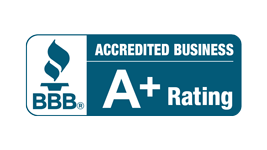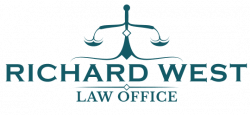Springboro Debt Relief
Debt can take a serious toll on your finances, mental health, and relationships. It might seem like there’s no way out, but there are effective debt relief options to help you regain control and move forward.
The average personal loan balance in Ohio is 2023 is $9,668. [1] Whether you’re dealing with credit card debt, medical bills, or unexpected expenses, understanding your options is key.
Understand Your Financial Situation
To begin your debt relief journey, take a comprehensive look at your financial situation. Understanding where you stand financially will give you a clear picture of how much debt you owe and help you determine the best course of action.
Steps to Evaluate Your Debt
- Total Amount Owed: Start by making a list of all your debts. This includes credit card bills, loans, medical bills, personal loans, and any other outstanding debts. Be thorough and don’t forget smaller debts, as they can add up.
- Interest Rates: Take note of the interest rates associated with each of your debts. High interest rates on credit cards or payday loans can quickly escalate your debt. Knowing these rates will help you prioritize paying off the most expensive debts first.
- Monthly Payments: Review your monthly payment obligations for each debt. This will help you understand how much of your income is currently dedicated to repaying debt and where there might be room for adjustment.
Identifying the Causes of Your Debt
- Medical Bills: Unexpected medical emergencies are a common cause of debt. If you’ve experienced a major health event, your bills may have added up quickly. This type of debt is often difficult to plan for and can impact your finances for years.
- Credit Card Debt: High balances from credit cards are a common cause of financial strain. High interest rates and minimum payment traps can leave you paying far more than you owe over time.
- Student Loans: While they are an investment in your future, student loans can be a heavy burden, especially if you struggle to find a high-paying job after graduation. Evaluating the size of your loans and any federal or private relief options is essential.
- Unexpected Emergencies: Life can throw curveballs—whether it's a sudden job loss, car accident, or another financial emergency. These unexpected costs can push individuals into debt, but the right relief option can get you back on track.
The more detailed you are in evaluating your situation, the more effective the debt relief plan you choose will be.

Debt Relief Options Available in Springboro
To begin your debt relief journey, take a comprehensive look at your financial situation. Understanding where you stand financially will give you a clear picture of how much debt you owe and help you determine the best course of action.
There are several debt relief options available to individuals in Springboro who are struggling with debt. Each option comes with its own set of advantages and considerations, so it’s important to carefully assess which one is best suited to your financial situation. Here are some of the most common debt relief options:
1. Debt Consolidation
Debt consolidation involves combining multiple debts into a single loan with a lower interest rate. This can simplify your monthly payments and may lower your overall debt.
- How It Works: You take out one loan to pay off several existing debts, leaving you with just one monthly payment.
- Pros: Easier to manage, lower interest rates, and potential for better credit if payments are made on time.
- Cons: May require good credit to secure a low-interest loan, and your debt may increase if you continue to use credit cards after consolidation.
2. Debt Settlement
Debt settlement allows you to negotiate with creditors to reduce the total amount of debt you owe, usually in exchange for a lump-sum payment.
- How It Works: You work with a debt settlement company or directly with creditors to reduce your total debt amount. This often involves paying a reduced amount in one or more payments.
- Pros: You can eliminate a significant portion of your debt in a short amount of time.
- Cons: It can severely impact your credit score, and creditors are not obligated to accept settlement offers. It may also involve fees from debt settlement companies.
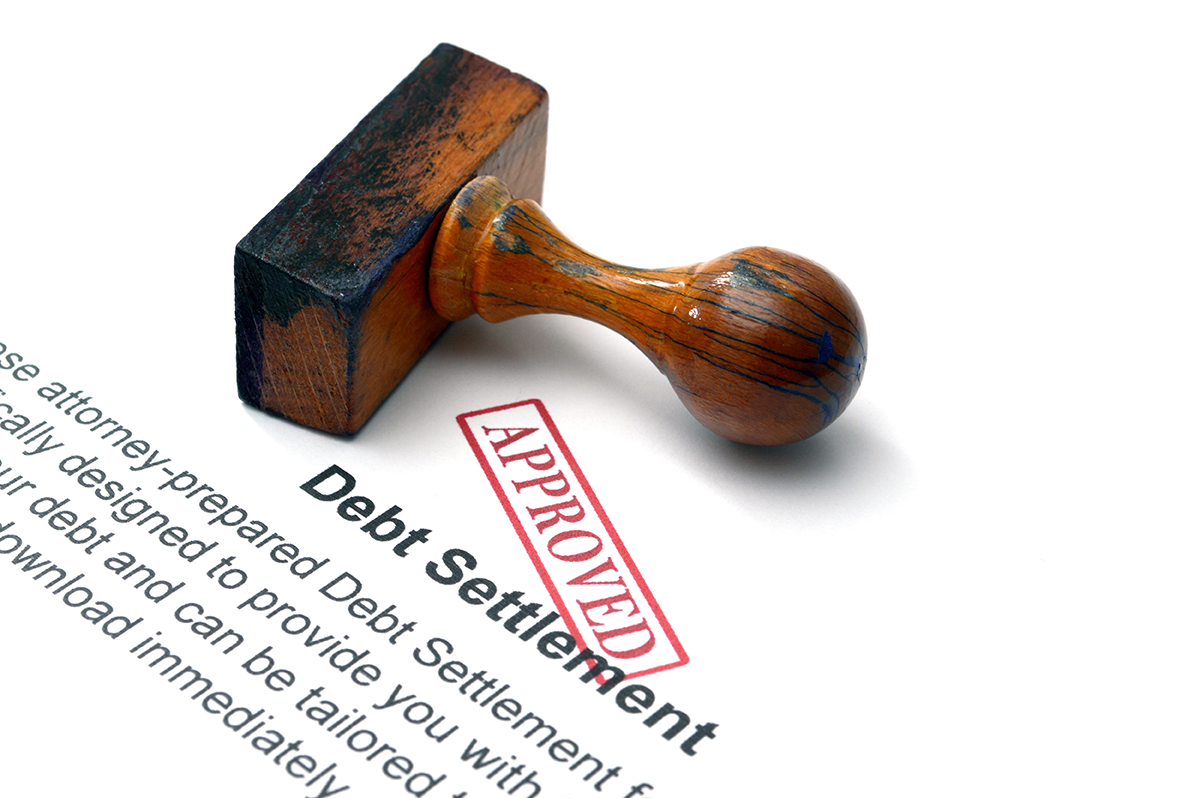
3. Bankruptcy
Bankruptcy is a legal process where your debts are either restructured or eliminated entirely, depending on the type of bankruptcy you file for (Chapter 7 or Chapter 13).
- How It Works: In Chapter 7 bankruptcy, most unsecured debts are discharged, while in Chapter 13, a repayment plan is created to pay off debts over time.
- Pros: Provides a fresh start by eliminating or restructuring your debts, stops collection efforts and lawsuits, and protects your assets under specific exemptions.
- Cons: Bankruptcy can remain on your credit report for up to 10 years, impacting your ability to secure loans and credit in the future.
4. Debt Management Plans (DMP)
A debt management plan involves working with a credit counseling agency to set up a repayment plan that consolidates your debts into one manageable monthly payment.
- How It Works: A credit counseling agency negotiates with your creditors to lower interest rates and fees. You then make one monthly payment to the agency, which distributes the payments to creditors.
- Pros: Lower interest rates, more manageable payments, and it can help improve your credit over time.
- Cons: It can take several years to complete, and some creditors may not agree to participate.
5. Credit Counseling
Credit counseling is a service that helps you understand your finances, create a budget, and develop a plan for paying off your debts.
- How It Works: A credit counselor works with you to evaluate your financial situation, develop a budget, and offer personalized advice on managing your debt.
- Pros: Free or low-cost services, no impact on your credit score, and a good option if you need guidance in managing your finances.
- Cons: It does not directly reduce or eliminate debt, and credit counselors are not able to negotiate with creditors on your behalf.
6. Debt Forgiveness Programs
Debt forgiveness programs are available for certain types of debt, such as student loans, where a portion of the debt may be forgiven after a certain period of time or after meeting specific criteria.
- How It Works: Typically, you must meet specific qualifications, such as making timely payments over an extended period or working in a qualifying profession.
- Pros: Can reduce or eliminate debt for qualifying individuals.
- Cons: Not all debts qualify for forgiveness, and the process can be lengthy and complex.
Each of these debt relief options comes with its own set of pros and cons, and the best option for you will depend on your unique financial situation. Seek professional advice before making any decisions to ensure you are choosing the solution that will provide the most benefit to your financial future.
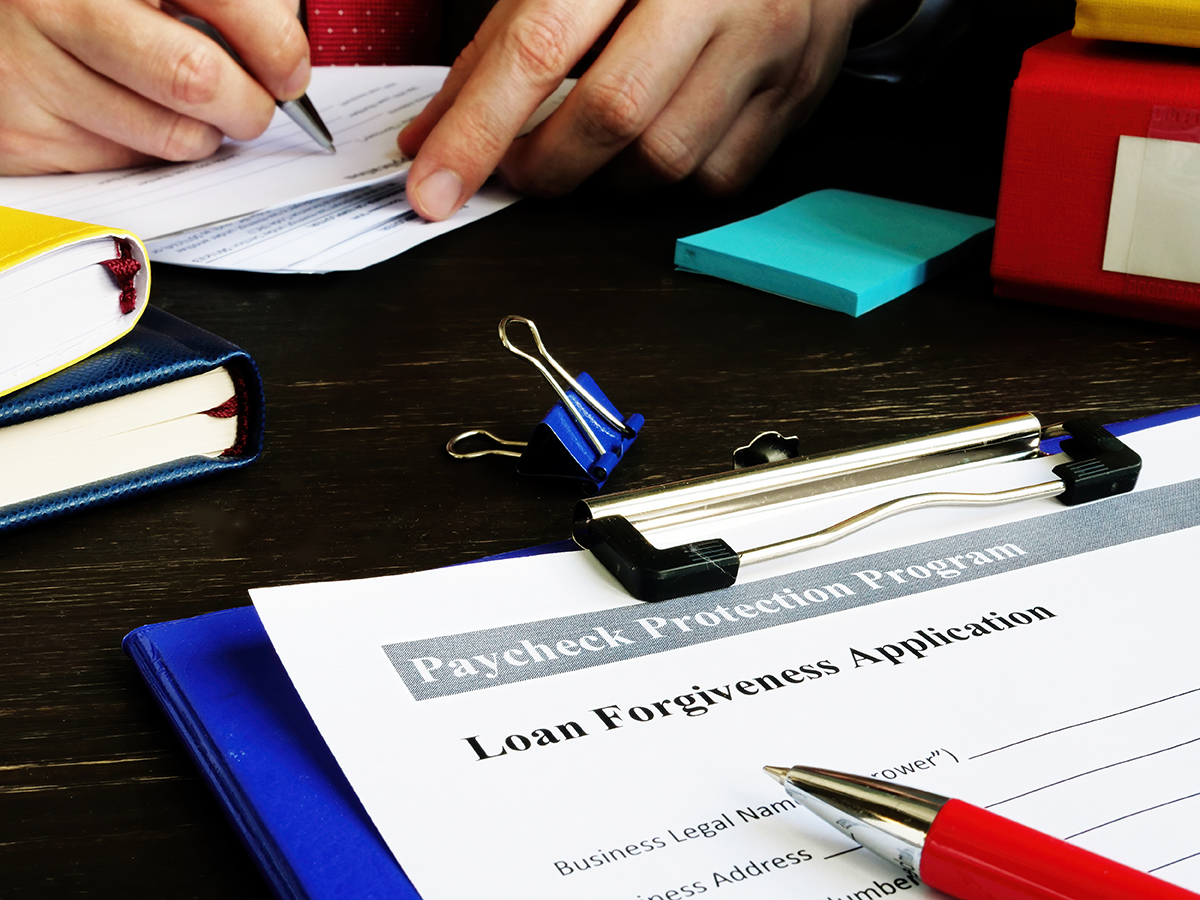
If you are struggling with debt and need expert legal guidance, Richard West is here to help. Contact Richard West today for a free consultation with a Springboro bankruptcy lawyer.
Source:
[1] Ohioans doing better than other states in not adding personal debt. (n.d.). Mahoning Matter. https://www.mahoningmatters.com/news/local/article285176012.html
